Film and English language teaching: The comprehension conundrum
Jono Ryan
On my ELT wish list is that one day I will hear from an intrepid, ambitious and enterprising PhD candidate proposing to write a thesis on the history of film, television and video in English language teaching. This largely forgotten or overlooked history stretches back at least to the 1920s, and I assume there are dusty repositories out there of old films and associated materials, including the Basic English cartoons made by Disney in the 1930s, the first live action film in the 1940s, and the first commercial television broadcast in the 1950s (Kelly, 1969). There could be two PhD theses there, each charting a different branch of how things developed: (1) the use of films made for other purposes and (2) the slightly later development of specialist ELT film.
Following the earlier branch, there are numerous advocates of using mainstream films in the classroom. I’ve lost track of the number of books on practical techniques for using them (e.g. Sherman, 2003) or academic explorations of their use (e.g. Herrero & Vanderschelden, 2019), not to mention the very large number of journal articles. I am also intrigued by the library of film clips hosted by the Berkley Language Centre, which now contains over 20,000 short film clips in nearly 200 languages, all of which have been curated for teaching modern languages (Lumière, 2023).
The obvious advantages of using mainstream films mostly stem from the immense production budgets, particularly in Hollywood, with all the professionalism and star power that such money can bring. Arguments are also made regarding the ‘authenticity’ of such resources, though this depends on what you mean by authenticity and what you expect such authenticity will bring (Ryan & Granville, 2020). I’m also reminded that one of the most successful learners I have met told me that she attributed most of her success to extensive watching of English TV and movies. She had a technique of viewing, pausing, rewinding, repeating aloud, and then making a note in her journal to revisit the next day. Her ability was vastly above that of her high school peers despite having never travelled abroad.
There is, however, a very obvious downside of using mainstream film: (in)comprehensibility. As one student observed, “it's no good. I can't understand them. They are too fast” (Farrell, 1988, p. 1).
Many learners find films impenetrable and demoralizing. The language tends to be too fast, too colloquial, and too complex. Unlike ordinary speech, it is also almost completely stripped of the redundancies, hesitations and other phenomena that all listeners benefit from. Delving further, Tatsuki (1999) published a working paper that explored the ‘hotspots’ in films, where learners identified the moments in which they lost the thread of what was being said. These clustered into two main areas: factors relating to acoustic matters and a further cluster relating to memory, attention and processing.
This is where the second branch, that of specialist ELT film, comes into its own. These are films (nowadays videos) made especially for language learning. The language specifications are lifted straight from a syllabus designed for a particular learner level. Though inevitably missing a Brad Pitt or Margot Robbie, the video should designed to stand on its own as entertainment. Learning may take place simply from the viewing and associated cognitive processing as learners make sense of the narrative and its dialogue, especially where it is pitched at about the appropriate level. Further learning occurs with the use of the teaching and learning materials, which will have been designed alongside and in conjunction with the film (rather than tacked on, as when teachers hastily prepare materials for Barbie and Oppenheimer).
However, the hesitation of many teachers is the bad rap that ELT film gets, often being regarded as low quality, corny and even boring. There are certainly grounds to justify such a prejudice. Explanations typically relate to the problem of the entertainment value needing to play second fiddle to the pedagogical value. This may be true but I don’t accept it as an excuse. In a forthcoming chapter (due out in 2024), I argue there is no innate reason why ELT film won't eventually see its own masterpiece. Artists have always worked within formal constraints. Constraints can serve to sharpen one’s creativity, from the three-chord song to the strict 14 lines and rhyme structure of Shakespeare's sublime sonnets.
So if you’ve written off ELT film, hold up. It’s not necessarily what you think it is.
To illustrate, this week I’ve selected a short clip from the first episode of the Chasing Time English series, Adrift: https://vimeo.com/848228720/40cce07526
ELT video can be moody, effective and entertaining while still being accessible to leaners and founded on a principled syllabus.
References
Farrell, T. (1988). Listening comprehension and television: Towards self-instruction for the non-beginner ESL student. AETK Bulletin, 10, 1, 7-9.
Herrero, C., & Vanderschelden, I. (Eds.). (2019). Using film and media in the language classroom: Reflections on research-led teaching. Multilingual Matters.
Kelly, L. G. (1969). 25 centuries of language teaching. Newbury House.
Lumière. (2023). Berkeley Language Centre. https://lumiere.berkeley.edu/login
Ryan, J., & Granville, S. (2020). The suitability of film for modelling the pragmatics of interaction: Exploring authenticity. System, 89, 1-13, Article 102186. https://doi.org/https://doi.org/10.1016/j.system.2019.102186
Sherman, J. (2003). Using authentic video in the language classroom. Cambridge University Press.
Tatsuki, D. (1999). Alleviating comprehension problems in movies (Working Paper 179). Kobe University of Commerce.
